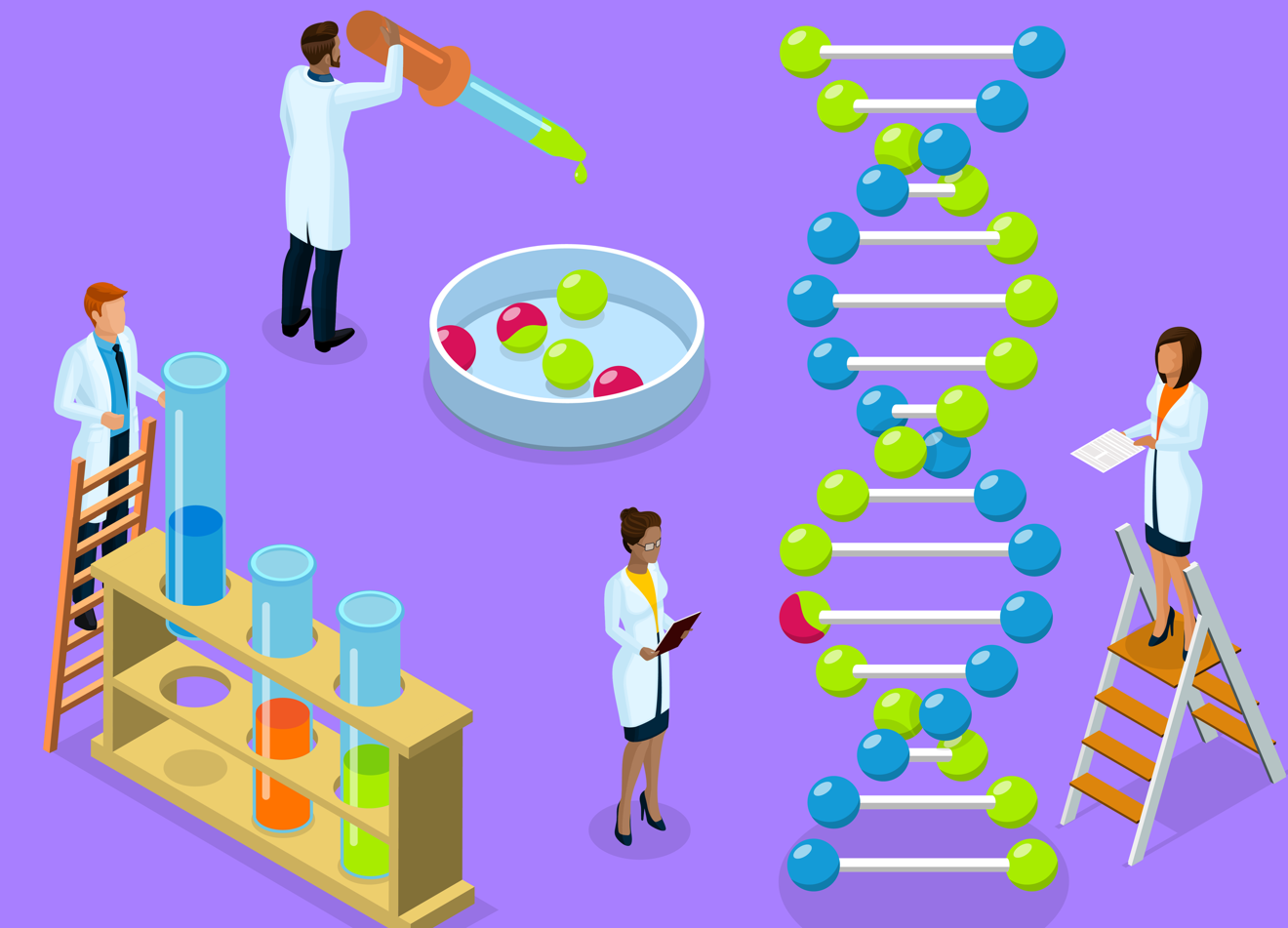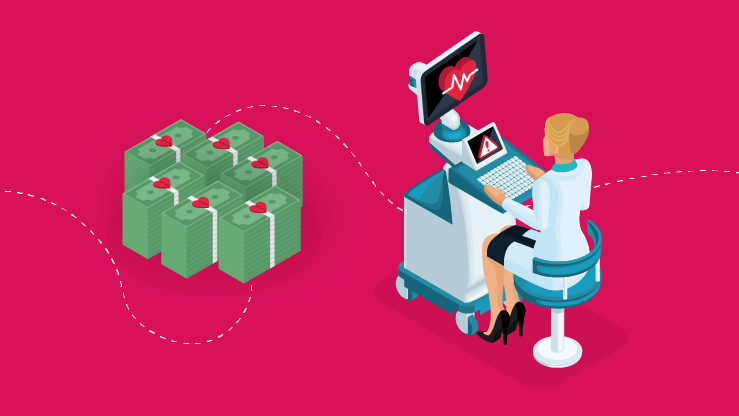The life science industry is moving at breakneck speed, with new advancements shaping the way we discover, develop and deliver healthcare solutions. From AI-driven drug discovery to lab automation and precision medicine, new technologies are revolutionizing the sector—offering opportunities but also introducing new risks.
So, what’s next? We asked our experts for five top trends set to define 2025.
-
AI-powered drug discovery
The use of generative AI tools is cutting development timelines and costs in the world of drug discovery, all while improving success rates. By analyzing huge datasets, AI can pinpoint the most promising drug candidates earlier in the research process, helping scientists focus their efforts on those with the highest likelihood of success. The impact is already tangible, with clinical trials involving AI-discovered molecules seeing higher phase one success rates than the historical average.
Of course, harnessing these new technologies means AI-driven drug development relies on data, making companies vulnerable to cyber threats and intellectual property disputes, not to mention challenges in compliance.
-
AI regulation to raise compliance challenges
Regulation for AI in the life science industry is shifting fast, and companies leveraging AI in drug discovery, diagnostics and patient care must be prepared. The EU AI Act—the world’s first comprehensive AI regulation—and the new Product Liability Directive will introduce strict requirements based on risk levels, while in the US regulators are moving forward with draft guidance aiming to establish best practices for AI governance in critical industries.
What happens in the EU rarely stays in the EU—just like GDPR reshaped global data privacy standards, the AI Act could become a blueprint for regulations in other markets. As similar frameworks emerge worldwide, companies using AI must navigate a growing web of compliance obligations. From ensuring transparency in AI decision-making to managing liability risks, it’s time for life science businesses to rethink their risk management strategies. Here, the right insurance cover can provide a crucial safety net.
-
Data challenges in precision medicine
Precision medicine is revolutionizing healthcare, shifting from a “one-size-fits-all” approach to treatments tailored to each patient’s unique genetic profile, environment and lifestyle. This transformative shift is making treatments more effective and accessible, thanks to advancements that have significantly reduced the costs of decoding individual DNA and identifying genetic mutations.
But there’s a data challenge. Precision medicine uses vast, complex datasets drawn from genetics, medical records and lifestyle information to craft personalized treatment plans. This heavy reliance on data increases companies’ exposure to cyber attacks that could corrupt patient data, manipulate machine learning models, or disrupt operations—leading to financial loss and even patient harm. For insurers, it’s about raising awareness to help address these risks, empowering precision medicine companies to innovate boldly while staying protected against potential losses.
-
Bioprinting breakthroughs reshaping the industry
Driven initially by the critical demand for organ transplants, bioprinting—a cutting-edge 3D printing technique using biomaterials and cells to create functional tissues and organs—has growing applications in drug development too. By creating tissue samples that mimic human organs, researchers can study organ function and evaluate the safety and effectiveness of potential drugs. This innovation holds the potential of not only life-saving measures but also offers more precise human-relevant models for drug discovery and toxicity testing, accelerating development timelines, reducing reliance on animal testing and paving the way for personalized medicine through patient-specific drug screening.
For insurers, these advancements present a unique opportunity to play a key role in driving new, life-saving research. As bioprinting technology advances, broadening insurance coverages to address the emerging risks and needs of this sector can help protect the innovators driving these breakthroughs.
-
Lab automation on the rise
In labs across the globe, growing adoption of automation technologies is leading to faster, more precise and more efficient research. From high-throughput screening to AI-powered diagnostics, automated systems are helping labs process large sample volumes, minimize human error and accelerate discoveries. But there are risks. Errors in automated testing, AI-driven decision-making or misprocessed biological samples can lead to harm.
What happens when a system is defective? Or if a cyber attack disrupts operations? A single system failure or targeted attack could mean lost research, misdiagnoses and in some cases significant financial setbacks for customers. It’s vital that companies developing and manufacturing such systems take necessary precautions, with insurance coverage the best way of safeguarding against risk.
2025: A year of innovation for life sciences
The pace of change in life sciences has never been faster, with new technologies and breakthroughs reshaping the industry. But with innovation comes uncertainty—whether it’s the risks tied to AI-driven drug discovery, regulatory shifts, or the increasing reliance on automation.
Having the right insurance in place is key to navigating this evolving landscape with confidence. As life science companies push the boundaries of what’s possible, forward-thinking insurance cover ensures they can do so without disruption—allowing them to focus on what matters most: driving innovation and improving lives.
Get in touch at lifescience@cfc.com to learn more about comprehensive cover for life science risks.



